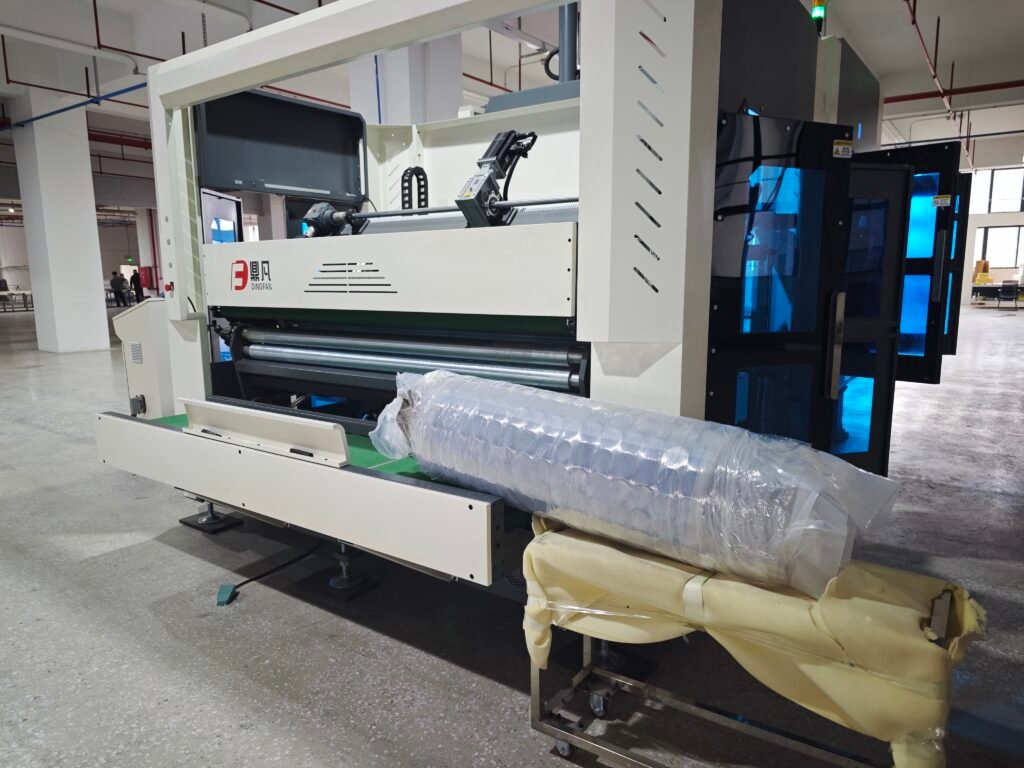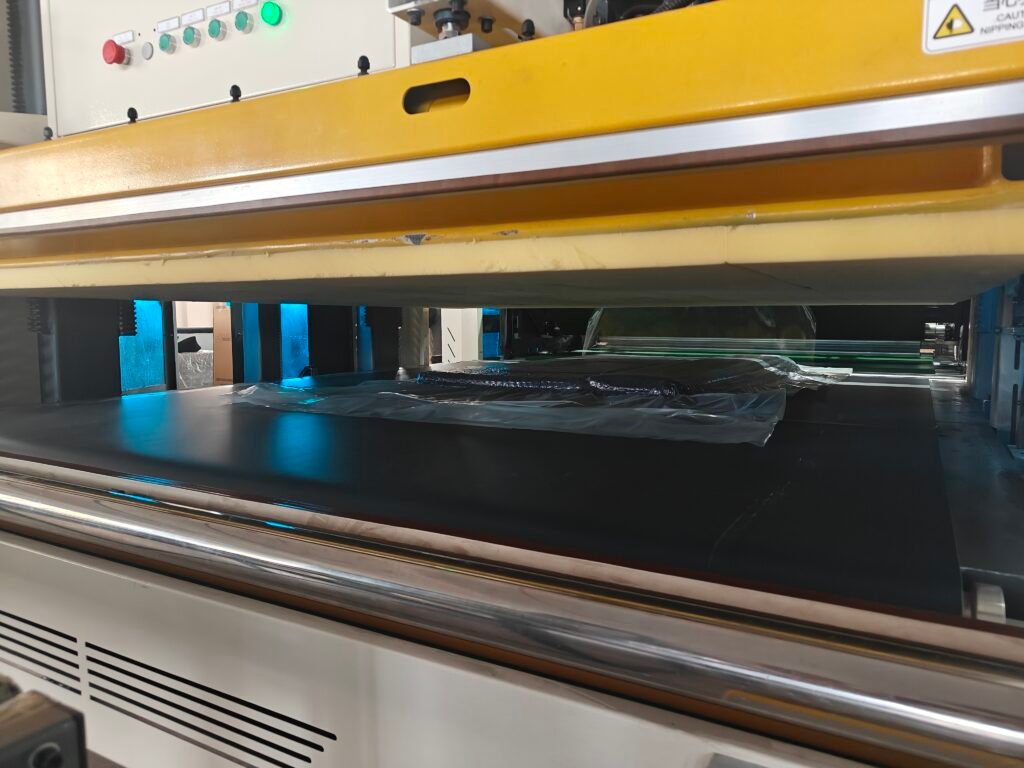Introduction
In the evolving furniture market, roll-packed sofas have become a transformative packaging and delivery solution that benefits manufacturers, distributors, and retailers alike. Designed to optimize logistics and reduce costs, roll-packed sofas are increasingly favored in B2B supply chains for their space-saving and efficient handling properties. This comprehensive guide explores what roll-packed sofas are, their packaging technology, benefits for B2B clients, and the latest trends shaping this innovative approach in 2024.
Understanding Roll-Packed Sofas
A roll-packed sofa refers to a sofa or sofa components that have been compressed, rolled, and vacuum-sealed into a compact package for shipping and storage. Unlike traditional bulky sofa shipments, these sofas are tightly rolled—often using specialized machinery—and packaged in manageable boxes. Once unpacked, the sofa expands back to its original shape and size, ready for use.


This packaging method primarily applies to sofas made with foam cushions or flexible upholstery materials that can withstand compression without damage. Roll-packing technology allows manufacturers to ship more units per container, significantly reducing freight and warehousing expenses.
The Packaging Technology Behind Roll-Packed Sofas
Roll-packing combines vacuum compression with mechanical rolling to achieve maximum volume reduction. Industrial-grade vacuum sealers extract air from the sofa cushions and upholstery, while automated rolling machines tightly coil the compressed sofa components.
Leading manufacturers use advanced foam compression and roll-packing machines capable of reducing volume by up to 90-95%. These machines ensure consistent packaging quality, protect the sofa’s structural integrity, and enable faster packaging cycles—key factors for B2B production scalability.
Benefits of Roll-Packed Sofas for B2B Stakeholders
Roll-packed sofas offer multiple advantages across the furniture supply chain:
- Space Optimization: By dramatically reducing the volume of each sofa package, roll-packing enables more units per shipping container and warehouse shelf, maximizing space utilization.
- Cost Efficiency: Smaller package sizes translate directly into lower shipping costs, reduced storage fees, and less handling labor.
- Simplified Logistics: Compact, lightweight packages are easier to transport, load, and unload, improving delivery speed and reducing damage risks.
- Sustainability: Lower transportation emissions and reduced packaging waste align with corporate sustainability goals increasingly prioritized by B2B buyers.
- Product Protection: Vacuum sealing and foam cushioning maintain sofa quality during transit, ensuring the product arrives in pristine condition.
- Flexibility in Distribution: Roll-packed sofas can be shipped directly to retailers or even end customers with minimal logistical complexity.
Applications and Suitability
Roll-packing is especially suitable for foam-based sofas, modular couches, and sofas with flexible upholstery. Manufacturers producing large volumes benefit from integrating roll-packing machines into their assembly lines, enhancing throughput and packaging uniformity.
Distributors and retailers appreciate the ease of handling and the ability to stock more inventory in limited warehouse space. This packaging method also supports e-commerce furniture sales by enabling direct-to-consumer shipments that are manageable for last-mile delivery.


Comparing Roll-Packed Sofas with Traditional Packaging
| Feature | Roll-Packed Sofa | Traditional Sofa Packaging |
|---|---|---|
| Volume Reduction | Up to 90-95% compression | Minimal compression, bulky |
| Shipping Cost | Significantly lower due to compact size | Higher due to larger package size |
| Handling & Transport | Easier, lighter, fewer damages | Heavier, more cumbersome |
| Setup Time | Quick expansion after unpacking | Ready to use immediately |
| Environmental Impact | Reduced carbon footprint and waste | Higher emissions and packaging waste |
| Suitability | Foam and flexible upholstery sofas | All sofa types, including rigid frames |
Latest Trends and Innovations in Roll-Packed Sofa Packaging
The roll-packed sofa segment is advancing rapidly with innovations such as:
- Intelligent Packaging Machines: Automated foam compression and roll-packing machines with AI-enabled quality control optimize packaging speed and consistency.
- Eco-Friendly Materials: Use of recyclable vacuum films and biodegradable cushioning materials to meet green standards.
- Smart Logistics Integration: Packaging designs compatible with RFID tags and QR codes for real-time tracking and assembly instructions.
- Modular Sofa Designs: Sofas engineered specifically for roll-packing, enabling easier compression and faster setup.
These trends reflect the growing demand among B2B clients for packaging solutions that balance efficiency, cost savings, and sustainability.


How to Choose a Roll-Packed Sofa Supplier
For B2B buyers, selecting the right supplier involves evaluating:
- Experience in roll-packing technology and furniture packaging.
- Ability to customize packaging dimensions and materials to product specifications.
- Capacity to handle bulk orders with reliable lead times.
- Commitment to sustainable packaging solutions.
- Support for logistics and supply chain integration.
Keywords to consider when sourcing suppliers include “roll-packed sofa manufacturer,” “vacuum compression sofa packaging,” “bulk sofa packaging solutions,” and “custom foam compression packaging.”
Conclusion
Roll-packed sofas represent a breakthrough in furniture packaging, enabling manufacturers, distributors, and retailers to optimize logistics, reduce costs, and meet sustainability goals. By adopting advanced vacuum compression and roll-packing technologies, B2B stakeholders can enhance operational efficiency and deliver high-quality sofa products in compact, eco-friendly packages. As the furniture industry continues to innovate, roll-packed sofas will play an increasingly vital role in shaping efficient and sustainable supply chains in 2024 and beyond.
yes